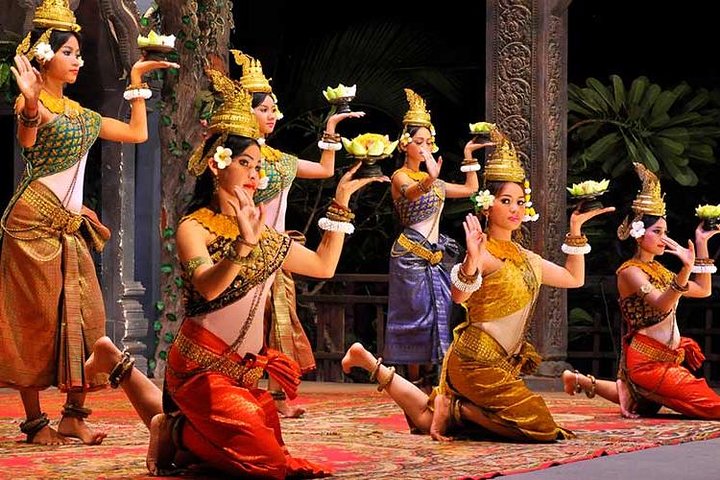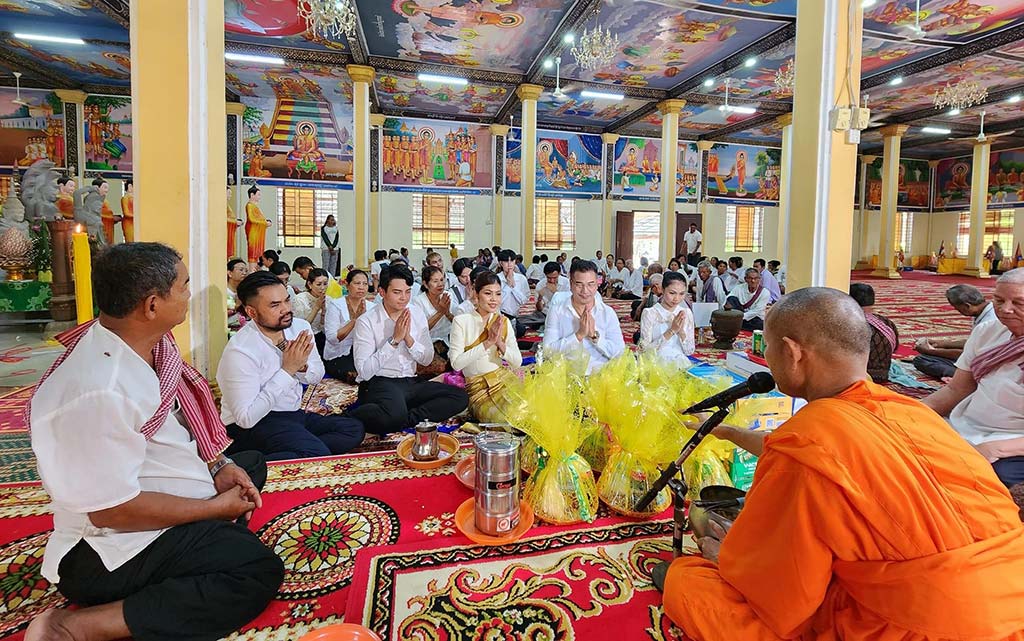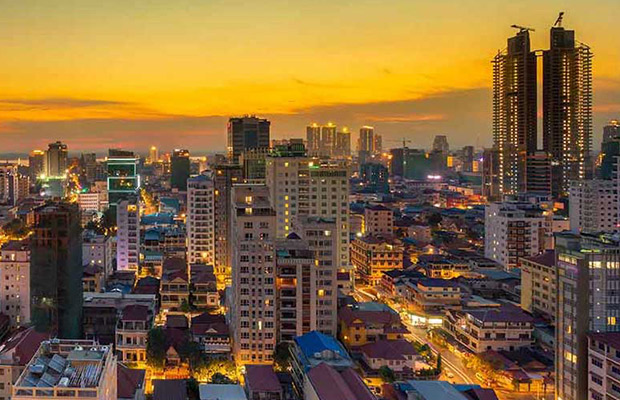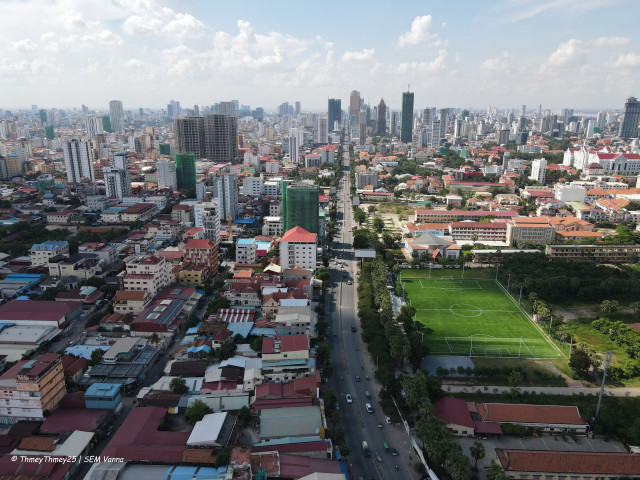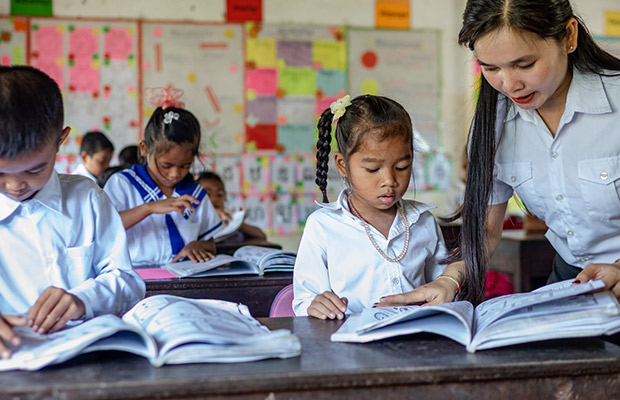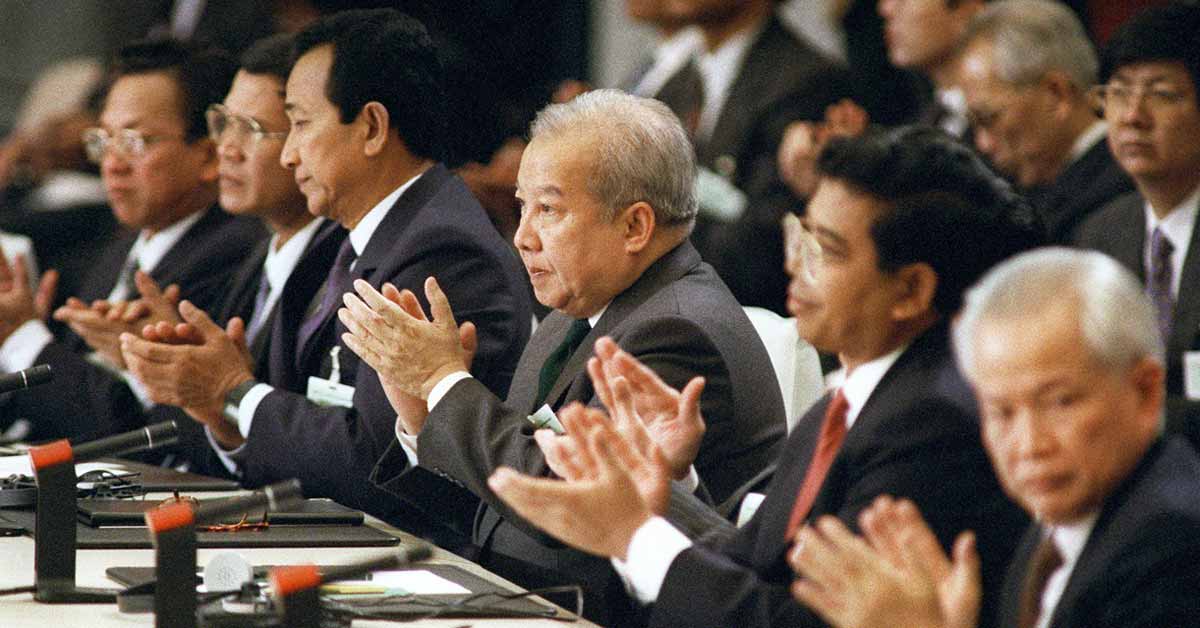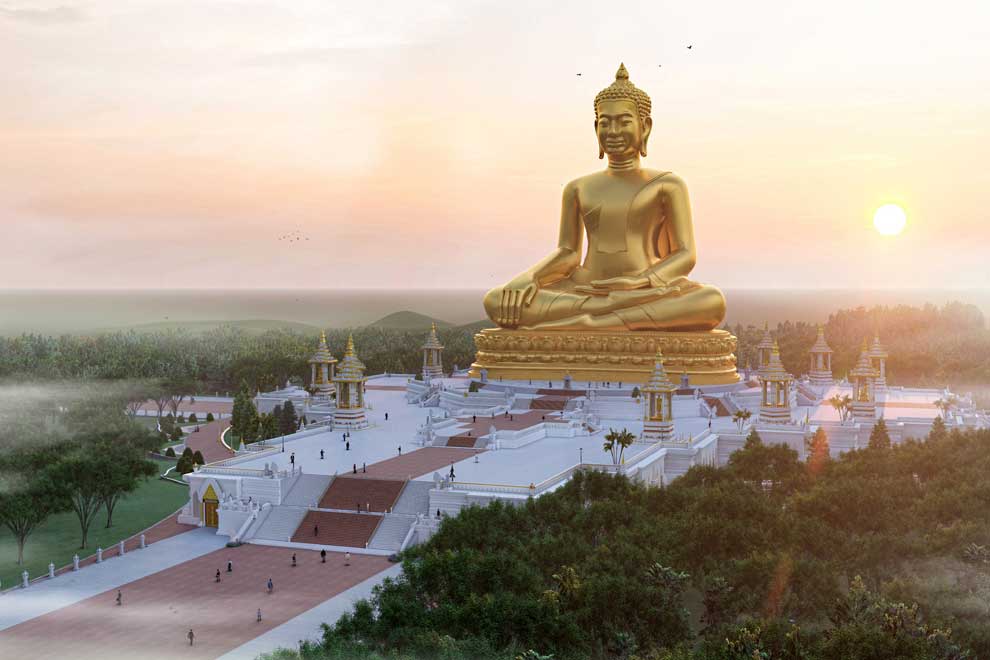- History and Influence: Cambodia boasts a rich and complex history that has greatly influenced its culture. The Khmer Empire, which reached its zenith between the 9th and 15th centuries, left an indelible mark on Cambodian society. The empire’s architectural marvels, such as the iconic Angkor Wat, Bayon, and Ta Prohm, serve as enduring symbols of Cambodia’s grandeur and artistic achievement. The empire’s legacy also includes advancements in irrigation, agriculture, and governance, shaping the cultural landscape of the region.
- Religion and Spirituality: Theravada Buddhism is deeply ingrained in Cambodian culture and serves as a guiding force in the lives of its people. Monks play a central role in religious ceremonies and community affairs, and temples, or “wats,” are revered as sacred spaces for meditation and worship. Cambodian Buddhism is characterized by its syncretic blend with indigenous animist beliefs, resulting in unique rituals and practices.
- Traditional Arts and Architecture: Cambodian traditional arts encompass a wide range of disciplines, including dance, music, sculpture, and architecture. Classical Khmer dance, epitomized by the graceful Apsara dance, is renowned for its intricate hand gestures and elaborate costumes. Traditional music features instruments like the roneat (xylophone), skor (drums), and tro (two-stringed fiddle), which accompany ceremonial performances and rituals. In architecture, Khmer temples exhibit exquisite craftsmanship, intricate carvings, and symbolic motifs that reflect spiritual beliefs and cosmic order.
- Cuisine and Culinary Traditions: Cambodian cuisine is a delightful fusion of flavors and ingredients, influenced by neighboring culinary traditions while maintaining its unique identity. Rice, the staple crop, is served alongside an array of dishes, including soups, curries, stir-fries, and grilled meats. Fresh herbs and spices like lemongrass, ginger, and turmeric impart depth and complexity to Cambodian dishes. Notable specialties include Amok (a coconut-based fish curry steamed in banana leaves), Bai Sach Chrouk (grilled pork with rice), and Kuy Teav (noodle soup).
- Festivals and Celebrations: Cambodian festivals are vibrant, colorful affairs that showcase the country’s cultural heritage and religious devotion. The Khmer New Year, celebrated in April, marks the end of the harvest season and is marked by lively street festivities, traditional games, and water-throwing rituals. The Bon Om Touk, or Water Festival, held in November, commemorates the reversal of the Tonle Sap River’s flow and features exhilarating boat races, illuminated floats, and fireworks displays.
- Family and Social Structure: Cambodian society is deeply rooted in familial ties and community cohesion. Extended families often live together in multi-generational households, fostering a strong sense of kinship and mutual support. Respect for elders is paramount, and traditional gender roles dictate social expectations and responsibilities within the family unit. While modernization and urbanization have brought changes to family dynamics, traditional values of filial piety and collective welfare remain central to Cambodian society.
- Language and Literature: The Khmer language, with its unique script and phonology, serves as the primary means of communication in Cambodia. Khmer literature boasts a rich oral tradition dating back centuries, with epic poems, folk tales, and religious texts passed down through generations. Influenced by Buddhist teachings and Hindu mythology, Khmer literature reflects themes of morality, heroism, and the human condition.
- Challenges and Resilience: Despite its cultural richness, Cambodia has faced significant challenges throughout its history, including foreign invasions, colonial rule, and civil conflict. The brutal reign of the Khmer Rouge regime in the 1970s, which resulted in widespread devastation and loss of life, dealt a severe blow to Cambodia’s cultural heritage. However, in the decades since, Cambodians have demonstrated remarkable resilience in preserving and reviving their traditions, fostering a renewed appreciation for their cultural legacy amidst ongoing socio-economic development.
In summary, Cambodian tradition and culture are multifaceted and dynamic, shaped by a complex interplay of history, religion, art, and social norms. From the majestic temples of Angkor to the bustling streets of Phnom Penh, Cambodia’s cultural heritage continues to captivate and inspire people around the world, serving as a testament to the enduring spirit of its people.


